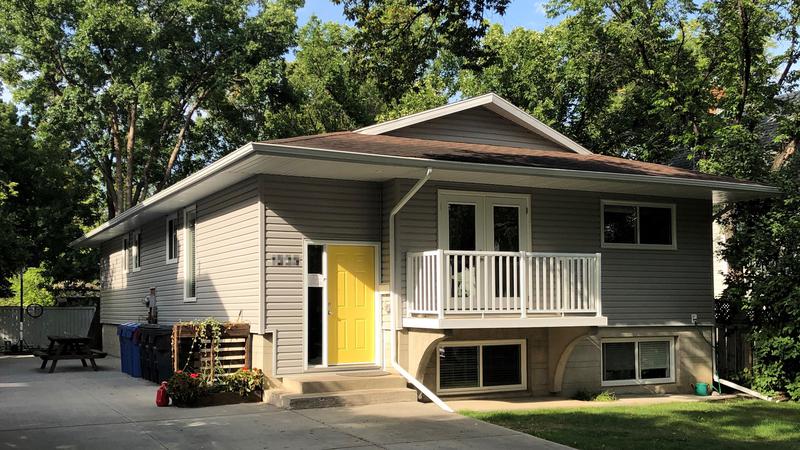
The Real-Life Story Of The Boy In The Bubble
Featured in Ripley's Believe It or Not!

David Vetter lived a brief yet impactful life as the so-called “Boy in the Bubble,” becoming the inspiration for the movie entitled The Boy in the Plastic Bubble (1976). But what you may not know is that NASA constructed a specially made suit for the little boy, permitting him to walk around safely to explore the world.




